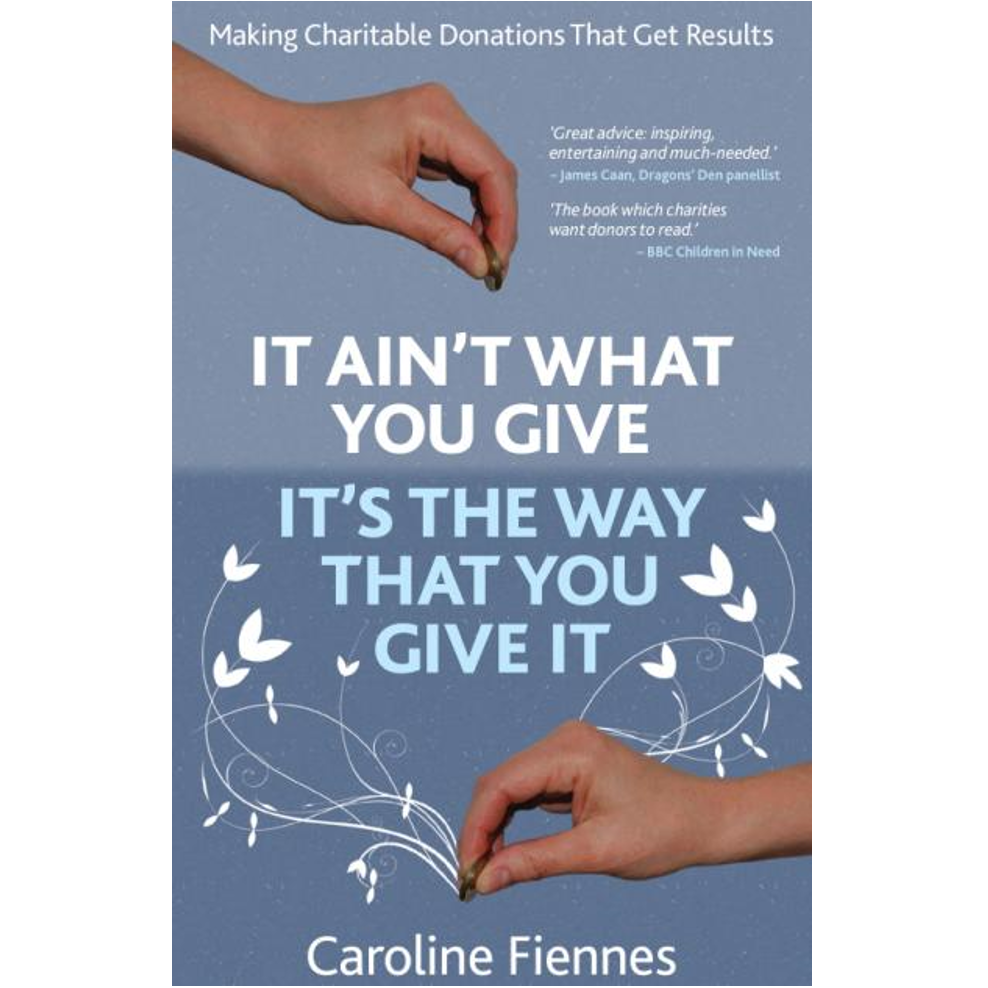Giving Evidence is pleased to publish what seems to be unprecedented analysis of the success of a foundation’s various grants split by characteristics of the grants: such as size, duration, restrictions, and extent of non-financial support. We have analysed all  the grants made by the ADM Capital Foundation in its first ten years (2006-16).
the grants made by the ADM Capital Foundation in its first ten years (2006-16).
The results and method are detailed here.
This analysis and these findings are important. As Giving Evidence’s Director Caroline Fiennes discusses in the scientific journal Nature this week, remarkably little is known reliably about how to do philanthropy well – how to use it to achieve particular aims – despite philanthropy’s long and varied history. A ‘science of philanthropy’ would help, by investigating empirically which ‘ways of giving’ work best in which circumstances. This analysis with ADM Capital Foundation is exactly that. We urge other foundations and funders to investigate their success similarly – and are happy to be involved.
What we found
The analysis made various findings including:
- Financial commitment: in ADMCF’s portfolio, there doesn’t seem a clear pattern in either of its two programmes (child protection, and the environment) between the amount of money spent, and success.
- Non-financial support: high levels of non-financial support are associated with success in both programmes.
- Restricted funding: child engagements were more successful when they received ‘core’ funding (it is not clear whether this means unrestricted, or restricted to core costs, such as ‘must be used to pay the rent’. In the charity world, it normally means unrestricted, though wasn’t clear here). However, in the environmental programme, there was no difference in success rates between engagements which received restricted vs ‘core/unrestricted’ funds. We have literally never before seen any data on success of grants by whether they are restricted or not.
We also found that the method held up: we had been quite prepared for it to collapse, but it didn’t.
Why this analysis matters
Donors obviously choose what to fund, but they also make various choices (often unwittingly) about how to fund, e.g.,
- being hands-on vs. hands-off
- working solo vs. with other donors
- whether to make many small grants vs. few larger ones
- how and whether the grant is tracked
- whether the donor gives, lends or invests
- how grantees are chosen – how prospective grantees are sourced, the selection criteria, the application process, who’s involved in the selection process
- and so on.
Probably some ways of funding work better than others in particular circumstance. It would be useful to know which is which. {We have now heard two stories of funders whose application processes are no better than random in terms of predicting grantee success, and one where one stage of the application process reduces the accuracy of predictions of grantee success. It’s worth knowing how to judge applications!}
We hope that this analysis with ADM Capital Foundation will encourage other funders to do similar analysis, and to publish it: that will enable us to build a picture of what works best in various types of situation, which will be useful to any funder anywhere.
This is part of our work to create a science of philanthropy: to establish via rigorous evidence, what works best, and when in doing philanthropy.
In our work with the University of Chicago, we laid out the various choices that donors make (about the various ways of giving), what is known about how & whether those choices affect effectiveness (ie., the gradient), and we suggested a research agenda for addressing the unanswered questions.
Backwards and forwards
Analysis of the type described here is retrospective analysis, of previous grants. One could in principle also to prospective studies, e.g., deliberately making some grants small and some large (ideally by random allocation) and then looking at the effect on grant success.


Pingback: Keys to Successful Giving - Giving Compass
Pingback: How is philanthropy responding to Covid19? How should it respond? | Giving Evidence